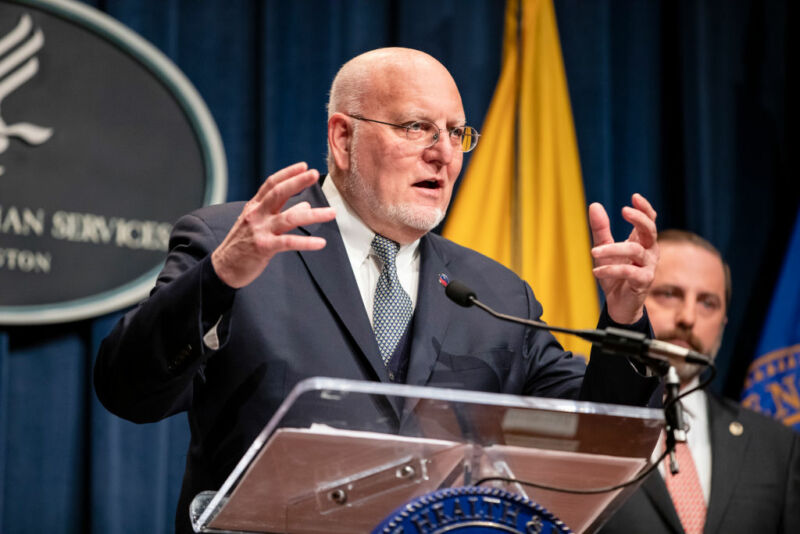How do we test for coronavirus, anyway?

Enlarge / Centers for Disease Control and Prevention Director Robert Redfield speaks during a press conference about the 2019-nCoV outbreak. (credit: Samuel Corum/Getty Images)
As the recently discovered coronavirus has rapidly spread beyond its origins in China, health authorities around the world have needed to quickly develop testing capabilities. In the United States, that task has been performed by the Centers for Disease Control (CDC), which has published its methodology and is currently in the process of applying for an emergency waiver to allow medical-testing facilities to perform these tests.
But if you're not familiar with the tools of molecular biology, the CDC's testing procedure might as well be written in another language. What follows is a description of how to go from an unknown virus to a diagnostic test in less than a month.
Starting from nothingWhen Chinese health authorities were first confronted with the outbreak, it had a disturbing familiarity. They had already dealt with a similar set of symptoms during the SARS outbreak in the early 2000s and had seen the spread of MERS a decade later. Thanks to these and related viruses, we already had a detailed description of the structure of the typical coronavirus genome as early as 2005. That knowledge would undoubtedly prove essential for the first step in developing a rapid diagnostic test: characterization of the genome of the new virus, 2019-nCoV.
Read 17 remaining paragraphs | Comments